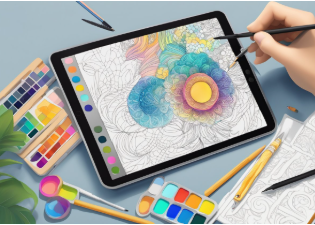In today’s increasingly digital learning environment, educational technology (EdTech) platforms are doing more than delivering lessons—they’re bringing people together. These tools have the power to foster a sense of community among students, teachers, and families, even when learning takes place remotely or asynchronously. By leveraging collaboration features, communication tools, and interactive learning spaces, EdTech platforms are helping to build supportive educational networks across diverse locations.
Creating Meaningful Connections
One of the greatest strengths of EdTech platforms is their ability to facilitate real-time and continuous communication. Message boards, chat functions, and group video calls enable students to collaborate on projects, share feedback, and ask questions. Teachers can use these tools to hold virtual office hours, host discussion groups, or celebrate student milestones—activities that strengthen classroom bonds and promote engagement.
Encouraging Family Involvement
Parental involvement is a key component of student success, and EdTech platforms make it easier for families to stay involved. Many learning management systems offer parent portals where guardians can monitor assignments, view progress reports, and communicate directly with educators. This transparency helps build trust and strengthens the school-home partnership, resulting in more cohesive educational support.
Supporting Peer Collaboration
EdTech platforms often include features like group workspaces, forums, and peer review options that encourage students to learn from one another. Whether students are working on a science experiment, developing a digital portfolio, or participating in a class blog, these collaborative features foster peer interaction and build a sense of belonging.
Enhancing Teacher Collaboration
Just as students benefit from community, so do educators. EdTech platforms allow teachers to share resources, discuss instructional strategies, and participate in professional development—all within a shared digital space. This helps create a culture of learning among educators, where new ideas can be exchanged and best practices refined.
Promoting Inclusive Participation
Digital platforms can also support inclusivity by providing multiple ways for students to express themselves. Quiet students may thrive in written discussions, while others may shine through video responses or visual projects. This flexibility helps ensure every student’s voice is heard, which contributes to a more connected and respectful learning environment.
Conclusion
When thoughtfully implemented, EdTech platforms can do more than streamline instruction—they can cultivate a vibrant learning community. By encouraging collaboration, enhancing communication, and supporting diverse learners, these tools help strengthen relationships that are vital for academic and social growth. As technology continues to evolve, its role in building inclusive, connected, and empowered educational communities will only grow stronger.














